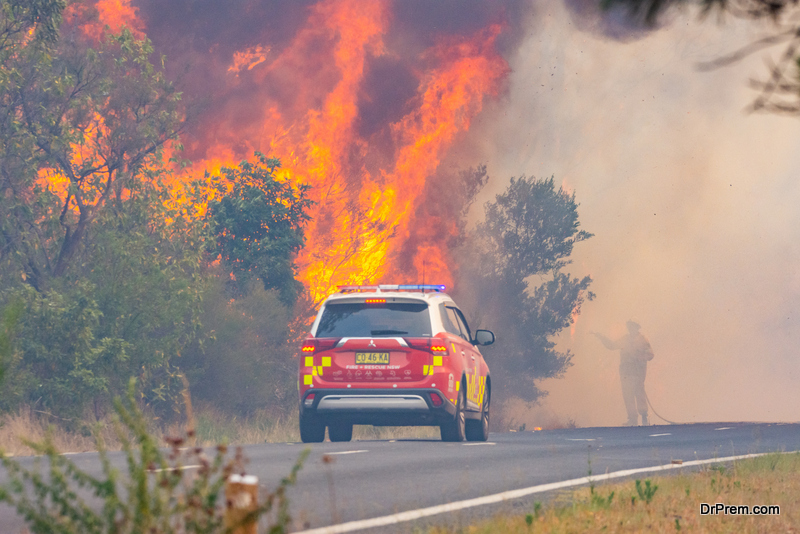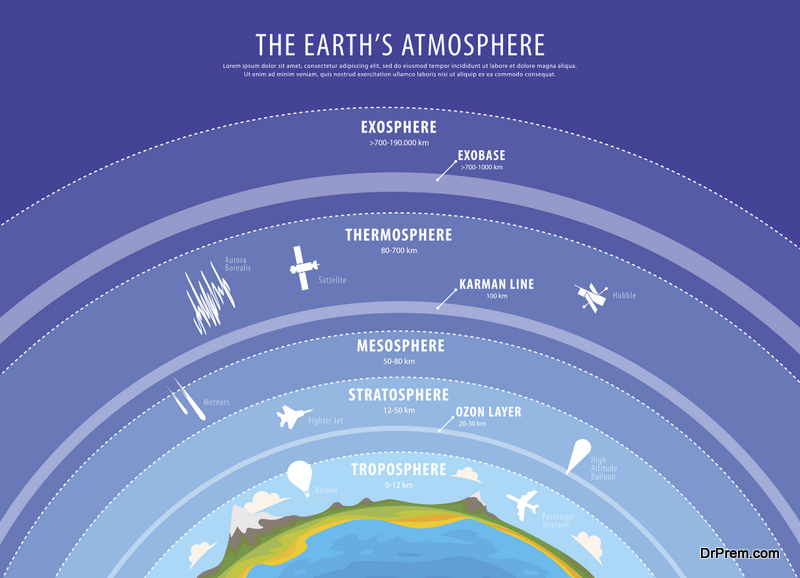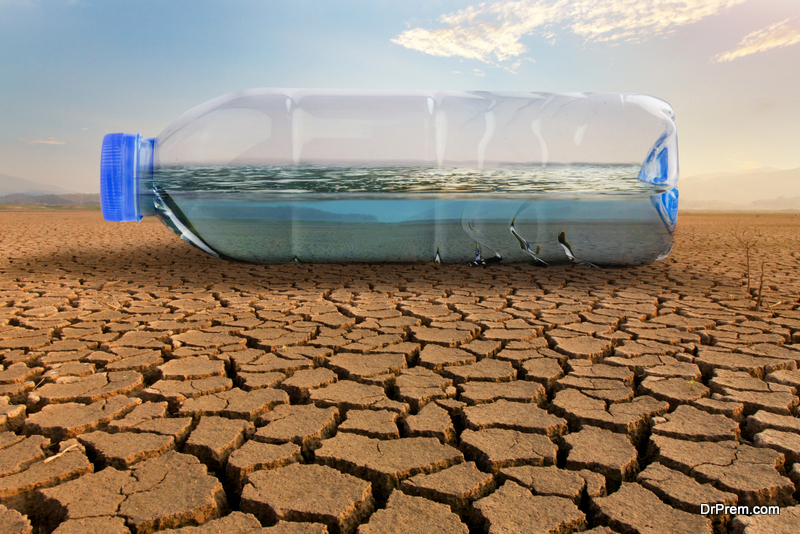The Fisherman’s Handbook: Seasonal Guides To Responsible Fishing
Many anglers, from beginners to pros, love the thrill of the catch. While this activity is captivating, it has a vital component: responsible fishing. Aggressive tactics and overfishing can lead to problems like damage to coral reefs and dwindling fish …
The Fisherman’s Handbook: Seasonal Guides To Responsible Fishing Read More »











